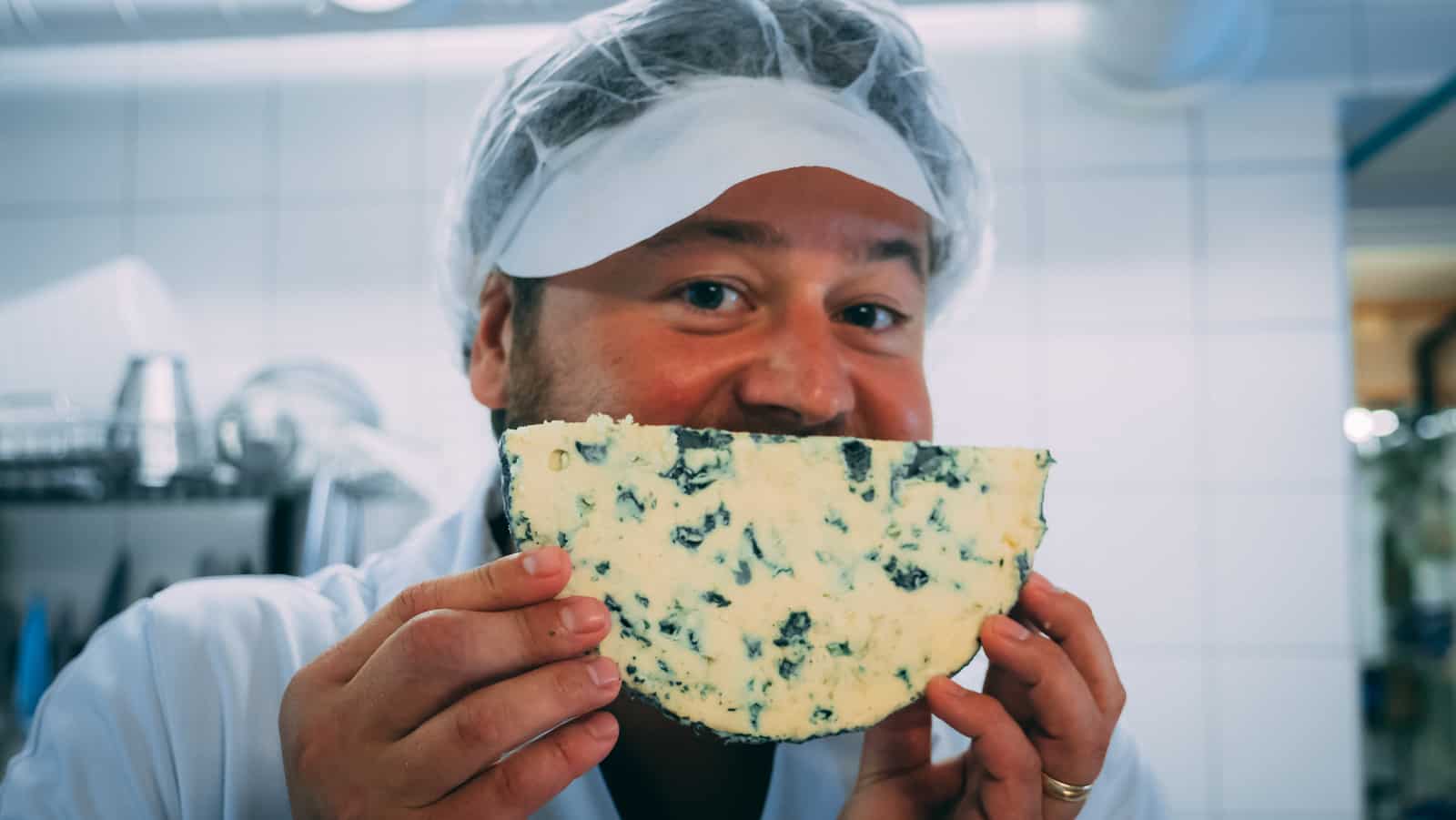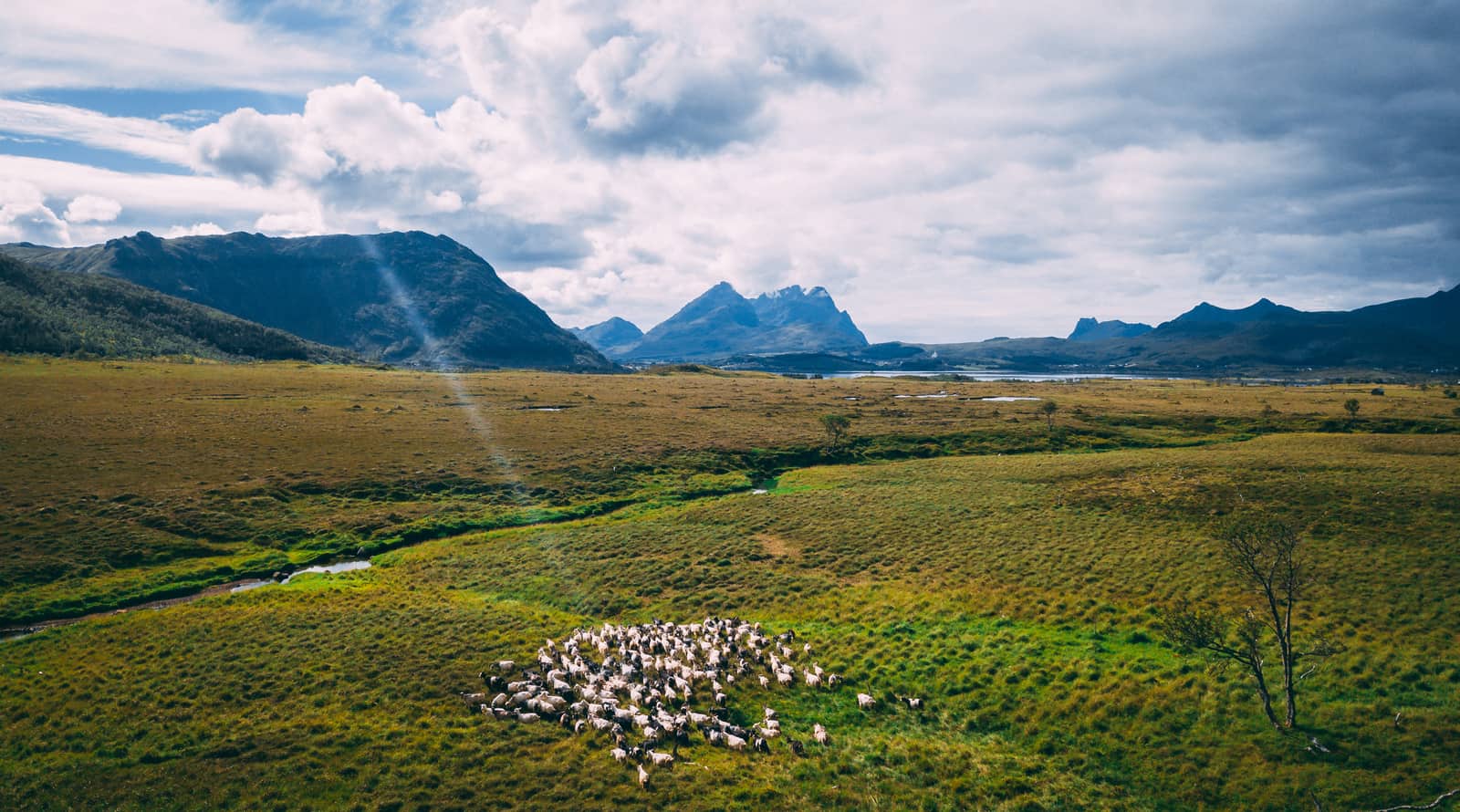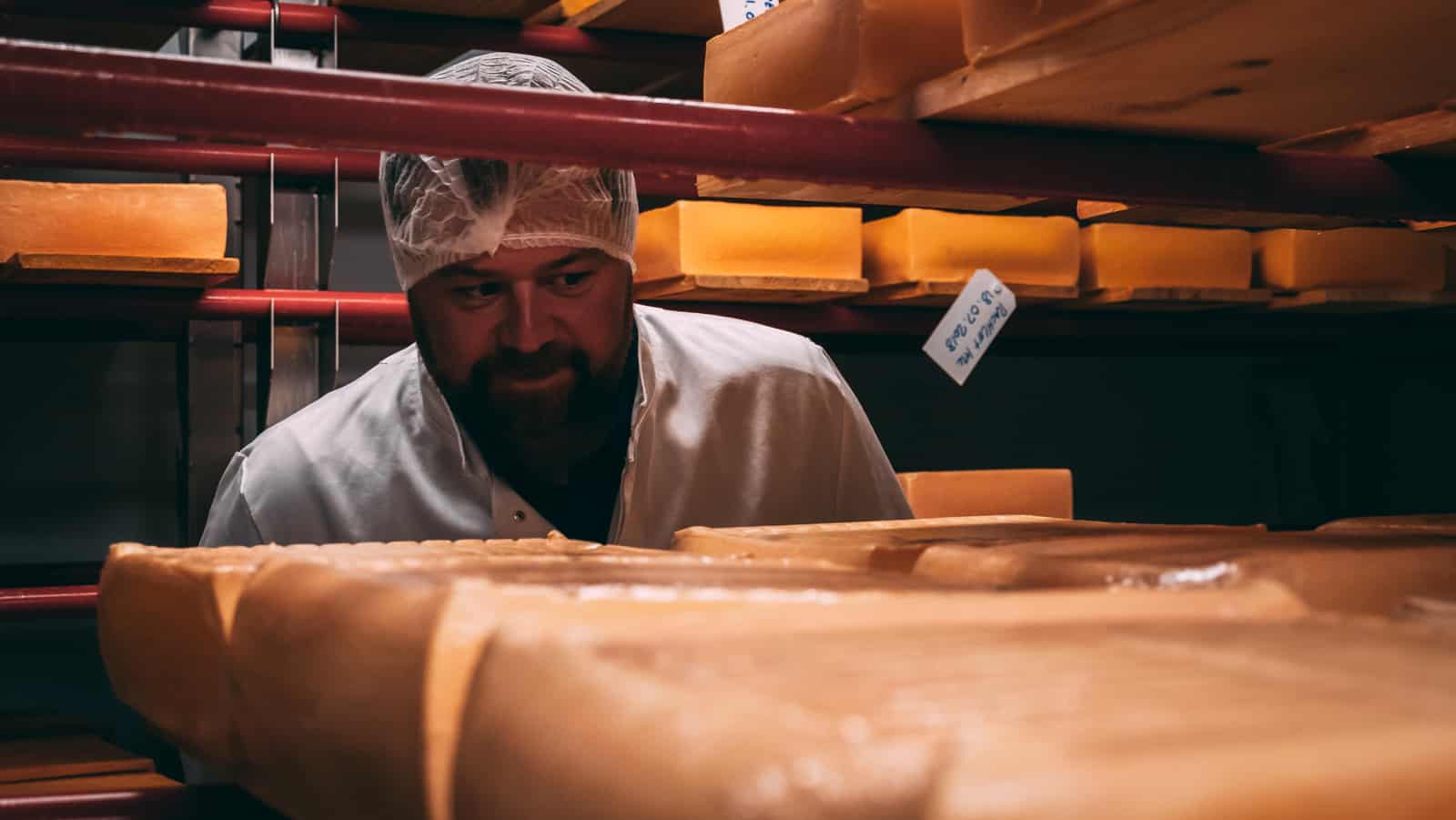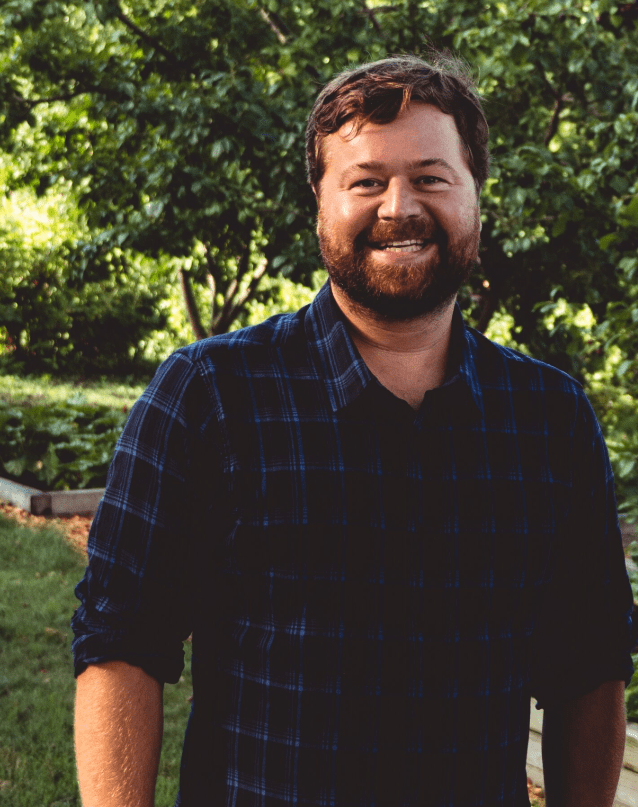
I traditionally find myself traveling for two things: natural beauty and food culture. When I was contacted by Up Norway to come travel their cheese trails, I knew I was about to experience a food culture currently unknown to the American market.
I flew to Oslo not knowing what to expect. I didn’t know much about Norwegian history, or about their cheeses or food culture. I really only knew about the natural beauty I’d seen in pictures. Norway was uncharted territory for me.

I traveled to three different regions. Although each part was quite unique, the shared mindfulness of artisan food products made them feel similar.
I first traveled to Trondheim, a coastal town in the middle of Norway and a progressive city with amazing culinary inspiration and a modern vision. I tasted many cheeses from this region and was completely blown away by their depth of flavor and complexities.
Next, I traveled to Lofoten. When visiting the first farm up there, I wondered why someone would have a farm above the Arctic Circle. It sounds absolutely insane. However, I quickly understood after I tasted my first cheese.
Cheese is only as good as the milk used to make it, and the land above the Arctic Circle is home to the richest grasses and flowers this country has to offer. Any animal grazing on the lush vegetation produces amazingly flavorful milk. Goats and sheep are popular in Lofoten due to the limited amount of flat grazing land.

Lastly, I traveled to the countryside outside Oslo, where I got a taste of what feeds this city. We stayed at a hotel that combined sustainable food and culinary greatness. Here, they grow their own produce, brew their own beer, and— yes— make their own cheese. Oslo shows so much respect for their food producers, and I frequently found this humble pride in food in the small towns surrounding the larger cities.
Cheese production in Norway is tiny. Only 3 percent of Norway’s total area is arable land, and only thirty percent of this can be used for grain production and vegetables. The rest of the area can only be used for grass production. So there we go!
When there is grass production, there are animals eating that grass. When animals are eating that grass, the females are producing sweet milk. Considering the miniscule amount of land fit for farming, cheese production on these farms is miniscule as well. Also, keep in mind that these farms, while semi-abundant, are very small; the average dairy farm only has twenty-two animals!

I’ve seen dairy farms all over the world, and Norway must have the lowest average of animals per farm. After visiting this beautiful country, it’s understandable why the farms are so small. It has nothing to do with being “manageable” for the farmer. Instead, it has to do with geographical constraints. Flatland is rare in Norway, and Norwegian farms adapt to their surroundings by asking the most fundamental question: What type of animal should I have on the farm?
Yes, it is ultimately the farmer’s decision, but geography really dictates which animal is suitable for the land. Since sheep and goats are small and great mountaineers, they tend to reside on smaller mountain farms where grazing occurs on steep and jagged terrain. Cows, being quite large and clumsy, tend to be on larger, flatter farms in the southern part of Norway.
Knowing that there are small dairy farms sprinkled throughout the country makes me wonder why Americans and most of the world think that Norway only makes two kinds of cheese (Jarlsberg and Brown Cheese).

Well, up until the 1900s, dairy farmers were legally not allowed to make and sell cheese from their farms. They could make cheese from their milk, but only for personal consumption. This sounds absurd, but not quite. All dairy farms were, and still are, supported by the Norwegian government. Their contracts state that if your farm produces dairy, one of the large milk companies must pick up your milk regardless of the time or location.
The collected milk is then mixed with all the local milk and brought to cheesemaking factories that produce Jarlsberg, brown cheese, and other industrial cheeses. Although this is a highly regulated industry, it’s important to remember that small farmers and the large companies have a great working relationship, and all the farms that contribute to the larger dairy companies own a piece of it.

It seems like a win-win situation for sure. However, when milk prices started to go down, the dairy farmers had to make a change. They began making a value-added product: cheese! We saw a very similar situation in the U.S. when milk prices decreased. Once the dairy farmers were allowed to make and sell cheese right from their farm, the Norwegian cheese revolution started.
Just because these farms were previously not allowed to sell their cheese didn’t mean they weren’t making it for private consumption. Today, artisan small-batch cheese production in Norway is booming. In a country with such a young artisan cheese culture, I would say they are way ahead of their time.

About the Cheese Trails by Up Norway
Ever since the blue cheese Kraftkar was voted the world’s best cheese in the World Cheese Awards 2016 and producer Ostegården won gold for its Fanaost in the 2018 Awards, Norway has cemented its position as a genuine cheese destination. Up Norway invites you to take part in this competitive whey-in by following their three cheese trails to some of the best producers and idyllic locations in the world.




